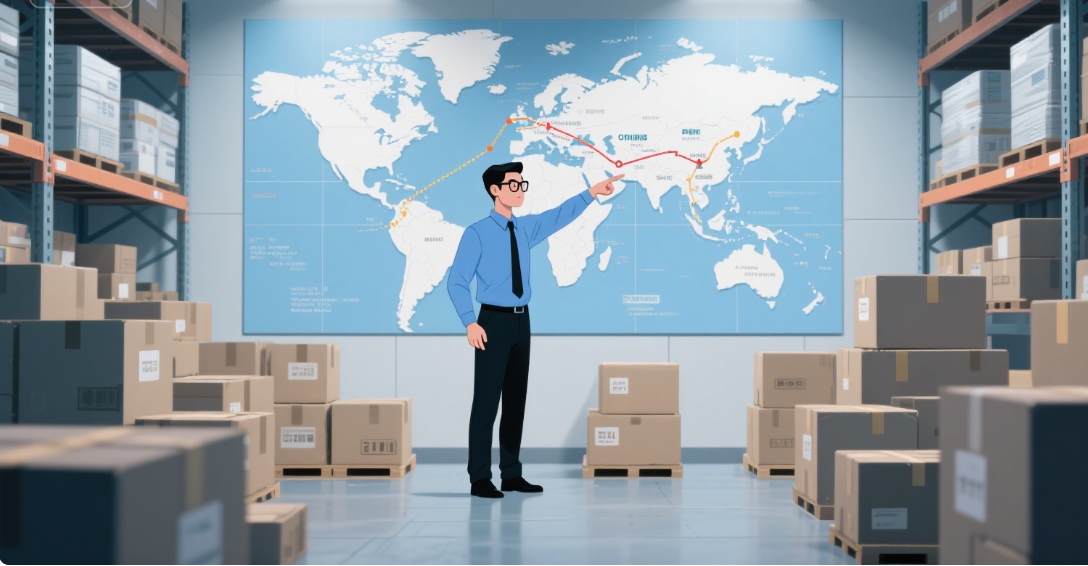Login
How D2C Brand Sellers Manage Shipping Logistics from China to Global Markets

In the fast-paced world of direct-to-consumer (D2C) e-commerce, efficient and reliable shipping logistics are the backbone of success. For Shopify sellers, Amazon FBA merchants, Walmart Marketplace vendors, and other cross-border e-commerce businesses, managing international shipping from China can be both a challenge and an opportunity. With the right logistics strategy, D2C brands can streamline operations, reduce costs, and enhance customer satisfaction.
Understanding the D2C Shipping Landscape
D2C sellers bypass traditional retail channels and sell directly to consumers, often relying on platforms like Shopify, Amazon, and Walmart. This model offers greater control over branding and customer experience but also places the burden of logistics squarely on the seller’s shoulders.
Shipping from China to international destinations involves navigating complex supply chains, customs regulations, and last-mile delivery challenges. To stay competitive, D2C brands must adopt smart logistics solutions that balance speed, cost, and reliability.
Key Logistics Strategies for D2C Sellers Shipping from China
1. Partnering with a China-Based Fulfillment Center
Many successful D2C brands work with third-party logistics (3PL) providers or fulfillment centers based in China. These partners handle warehousing, order picking, packing, and shipping, allowing sellers to focus on marketing and customer service.
Benefits include:
- Faster order processing
- Lower shipping costs through bulk rates
- Real-time inventory management
- Seamless integration with e-commerce platforms
2. Choosing the Right Shipping Method
Shipping options vary widely in terms of cost and delivery time. Common methods include:
- Express Shipping (e.g., DHL, FedEx, UPS): Fast but expensive, ideal for high-value or urgent orders.
- Air Freight: A balance between speed and cost, suitable for medium-sized shipments.
- Sea Freight: Cost-effective for large volumes, though slower and more complex.
- ePacket and Postal Services: Affordable for small parcels, often used by dropshippers.
Selecting the right method depends on your product type, customer expectations, and budget.
3. Leveraging Technology for Supply Chain Visibility
Modern logistics platforms offer real-time tracking, automated order syncing, and data analytics. These tools help D2C sellers monitor shipments, forecast demand, and optimize inventory levels.
Integrating your Shopify or Amazon store with a logistics dashboard can significantly improve operational efficiency and customer satisfaction.
4. Navigating Customs and Compliance
International shipping requires compliance with customs regulations, import duties, and product certifications. Working with experienced logistics partners ensures that your shipments clear customs smoothly and avoid costly delays.
Pro tip: Always provide accurate product descriptions, HS codes, and invoices to minimize the risk of customs issues.
5. Planning for Scalability
As your D2C brand grows, your logistics strategy must evolve. Consider diversifying your fulfillment network, using bonded warehouses, or exploring hybrid models that combine local and international fulfillment.
Scalable logistics solutions help you maintain service levels during peak seasons and expand into new markets with confidence.
Why Logistics from China Matters for Global E-Commerce
China remains the world’s manufacturing powerhouse, offering competitive pricing and a vast supplier network. Efficient logistics from China to the U.S., Europe, Australia, and other regions is critical for maintaining profit margins and meeting customer expectations.
Whether you’re a Shopify entrepreneur, Amazon FBA seller, or a global retailer, mastering cross-border logistics is key to long-term success.
Final Thoughts
Shipping logistics can make or break a D2C business. By partnering with the right fulfillment providers, choosing optimal shipping methods, and leveraging technology, sellers can turn logistics into a competitive advantage.
If you have any questions or need assistance with your logistic shipment from China, please don’t hesitate to reach out to us. We are committed to providing the support you need.
